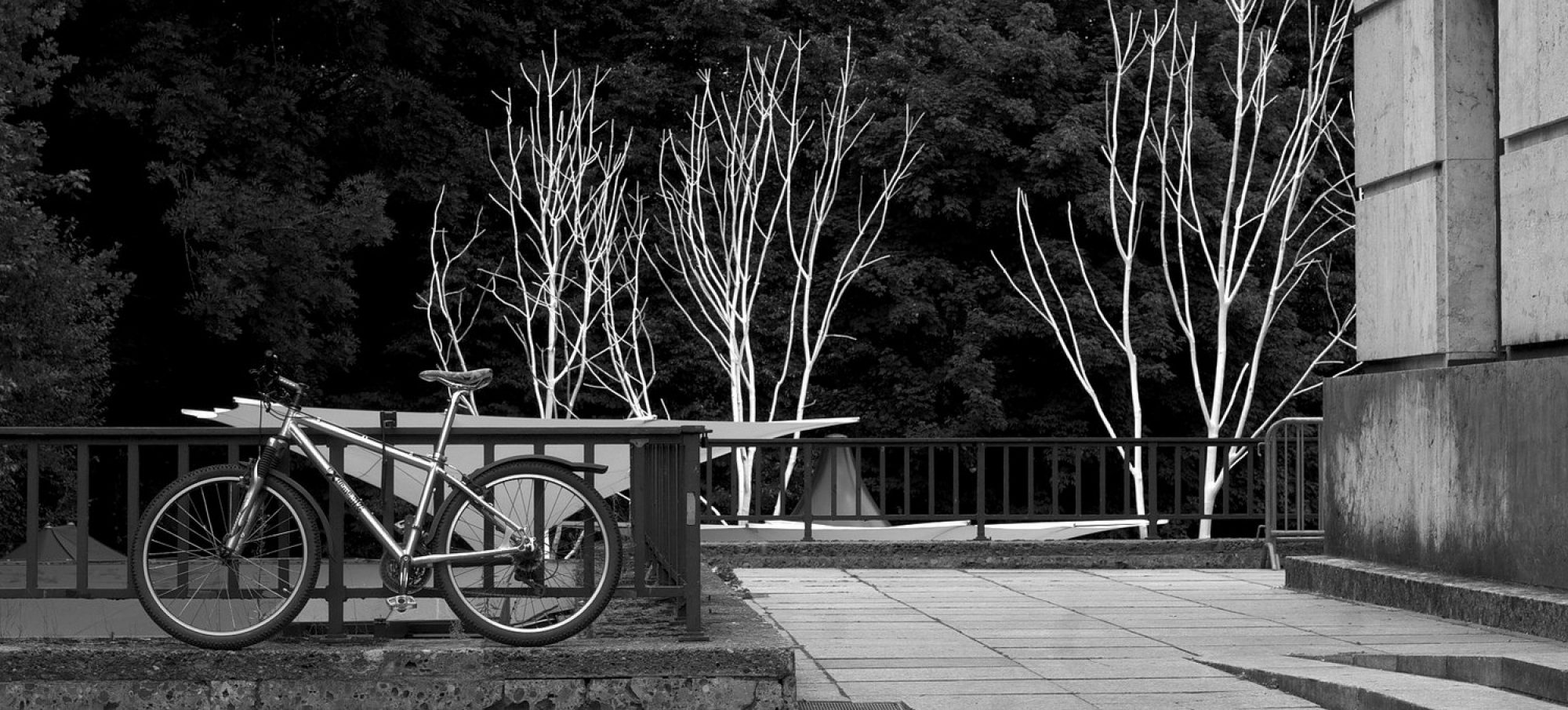I woke my computer up from sleep and tried to run ssh. Surprise alligators! I encountered the odd error message “You don’t exist! go away!” It turns out that my dying hard drive had trashed some very important system files containing my computer login and password information. Trying to start up Terminal, I got the error “The administrator has set your shell to an illegal value”. I couldn’t access a large chunk of my files (due to lack of permissions) and my Dock was totally trashed. Solution? Start X11 from your utilities folder.
Recovering from more hard drive woes
Yes, I’m still using the same nonereliable hard drive that resulted in frequent beach balling. On Sunday, it had some more surprise alligators in store for me and decided to render my hard drive unbootable by corrupting the file system journal used to recover from sudden crashes/loss of power. My first instinct was to run the Disk Utility repair feature on the drive, but this was a no-go because, firstly, I was using Filevault 2, Apple’s full-disk encryption software.
When life is a beach ball
Do you have a Mac that beach balls (colourful pinwheels that produce colourful language) for 30-60 seconds at a time when you’re not running a computationally intensive task? Your hard drive could be dying. I hope you’re backing up. But I’m not writing this blog post to convince you that backing up your data regularly is a good idea (but it is, though). Instead, I’m going to show you how to see if that is indeed what is causing the beach balling and, if so, how to keep on tempting fate by keeping your failing hard drive chugging along while reducing your unwanted trips to the beach ((Is it any wonder why computer scientists tend to be so pasty?))
The Silver Lining
I think my research supervisor‘s optimism is contagious. Last Tuesday, I returned home to discover my laptop wouldn’t boot. After a couple of hours of trying to coax it back to life, at around 2 am on Wednesday, I realized that the problem was that the hard drive was dead.
